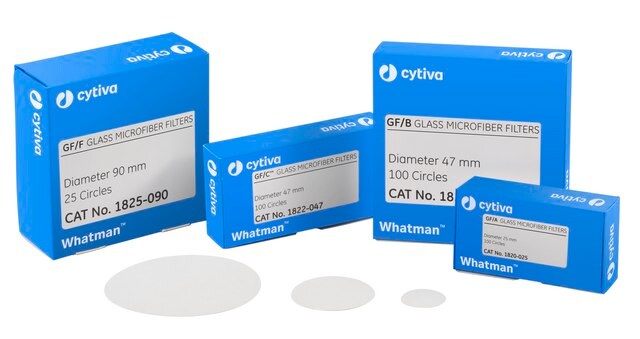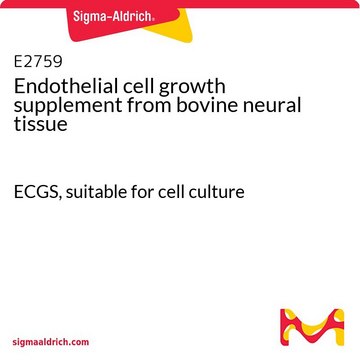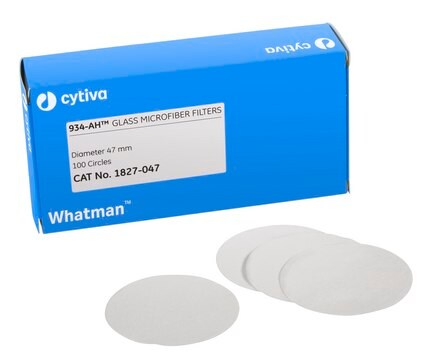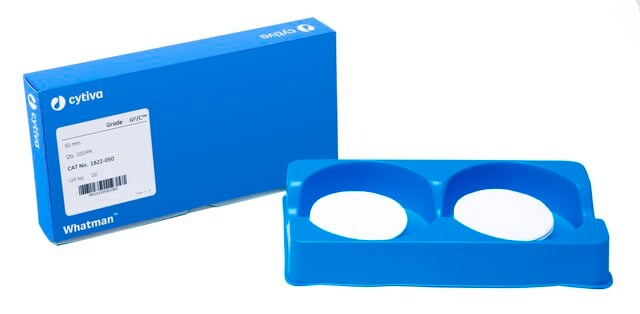DI TNC1
98102214, rat brain, Neuronal (astrocyte)
Iniciar sesiónpara Ver la Fijación de precios por contrato y de la organización
About This Item
UNSPSC Code:
41106514
Productos recomendados
Nombre del producto
DI TNC1, 98102214
biological source
rat brain
growth mode
Adherent
karyotype
Not specified
morphology
Neuronal (astrocyte)
products
Alpha-2 macroglobulin
receptors
Not specified
technique(s)
cell culture | mammalian: suitable
shipped in
dry ice
storage temp.
−196°C
Cell Line Origin
Rat Astrocyte transfected
Cell Line Description
Established by transfecting cultures of primary astrocytes from diencephalon tissue of a 1 day old sprague-dawley rat with a DNA construct containing the oncogenic early region of SV40. Transcriptional control was affected using the human GFAP promoter (pGFA-SV-Tt) and the murine phosphoglycerate kinase promoter (pPGK-neo). Cloning was achieved using G418. The cells are phenotypically similar to type 1 astrocytes, including immunoreactivity to glial fibrillary acid protein (GFAP) and a β-alanine inhibitable high-affinity uptake mechanism for gamma amino butyric acid (GABA). α-2-macroglobulin production is similar to that found in primary astrocytes, but transferrin production is reduced. The cell line has been shown not to produce proenkephalin A, galactocerebroside or to express the 04 or A2B5 epitopes characteristic of type 2 astrocytes. Immunostaining has shown the SV40 T antigen to be present in over 90% of cells.
Application
Studies of the development and biochemistry of the central neurosystem
Culture Medium
DMEM + 4mM Glutamine + 1mM Sodium Pyruvate (NaP) + 10% Foetal Bovine Serum (FBS).
Subculture Routine
Split sub-confluent cultures (70-80%) at 1:2 to 1:6 using 0.25% trypsin or trypsin/EDTA; 5% CO2; 37°C. Subculture before flasks become confluent or cells will detach in sheets reducing effectiveness of trypsin.
Other Notes
Additional freight & handling charges may be applicable for Asia-Pacific shipments. Please check with your local Customer Service representative for more information.
Elija entre una de las versiones más recientes:
Certificados de análisis (COA)
Lot/Batch Number
Lo sentimos, en este momento no disponemos de COAs para este producto en línea.
Si necesita más asistencia, póngase en contacto con Atención al cliente
¿Ya tiene este producto?
Encuentre la documentación para los productos que ha comprado recientemente en la Biblioteca de documentos.
Nuestro equipo de científicos tiene experiencia en todas las áreas de investigación: Ciencias de la vida, Ciencia de los materiales, Síntesis química, Cromatografía, Analítica y muchas otras.
Póngase en contacto con el Servicio técnico






